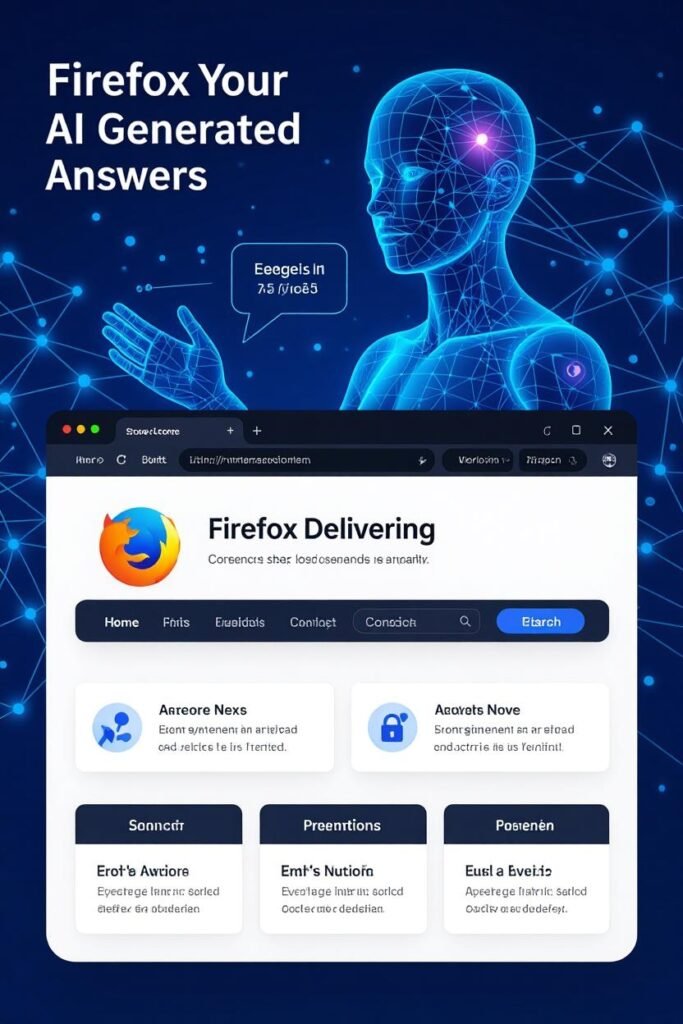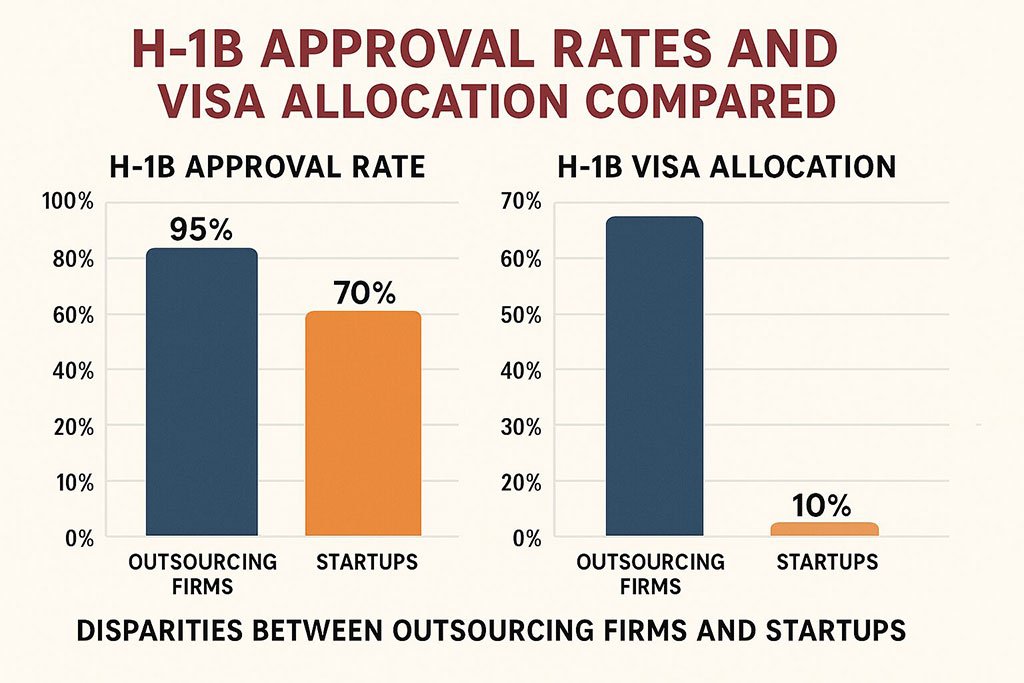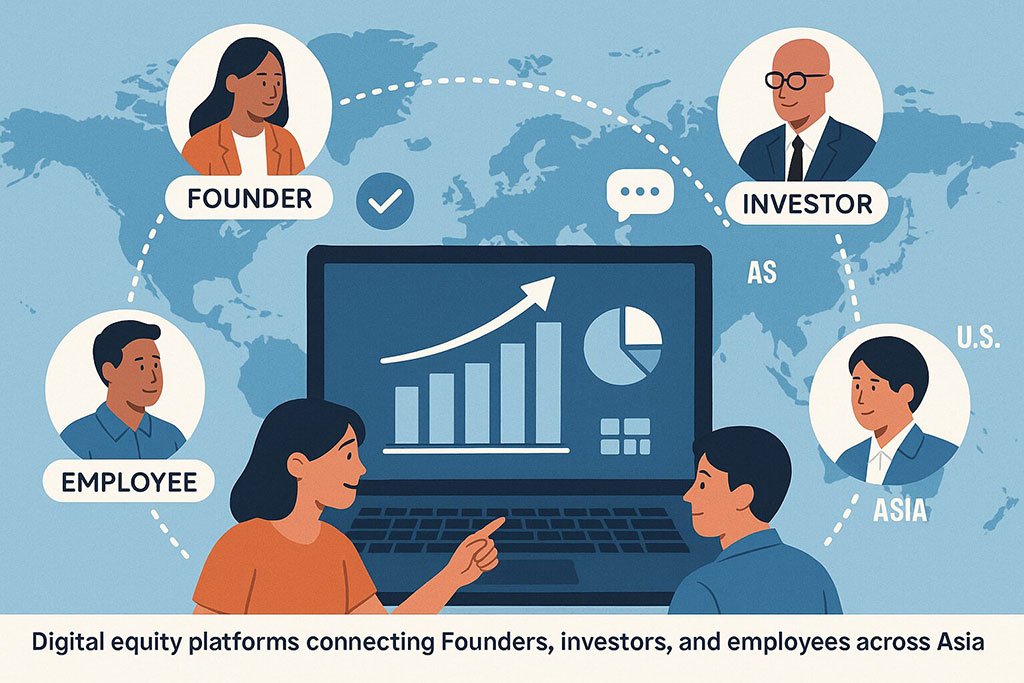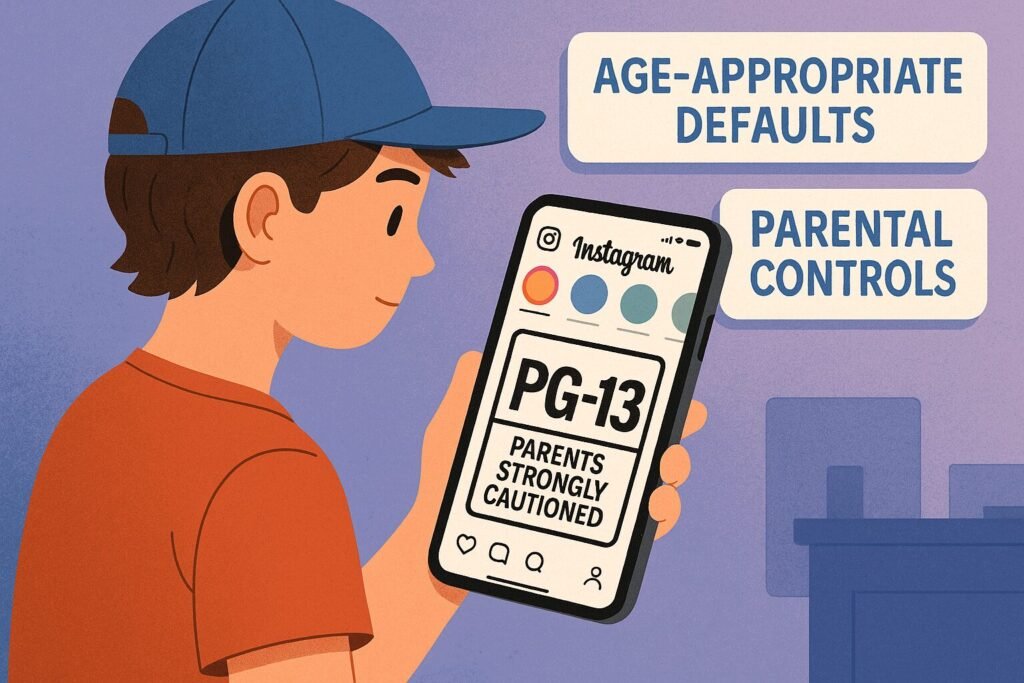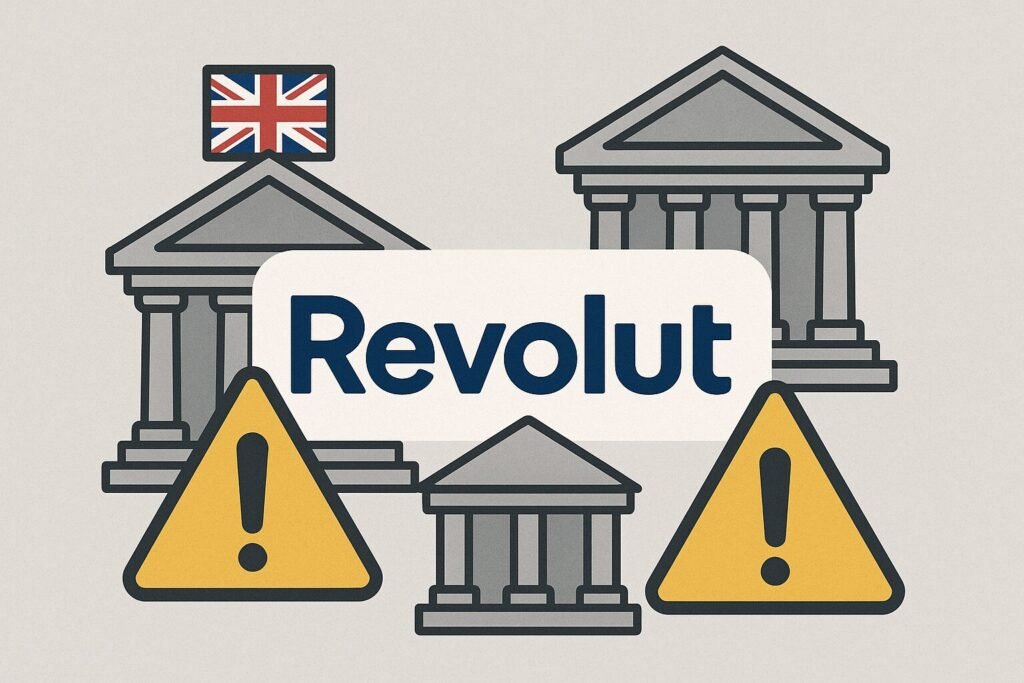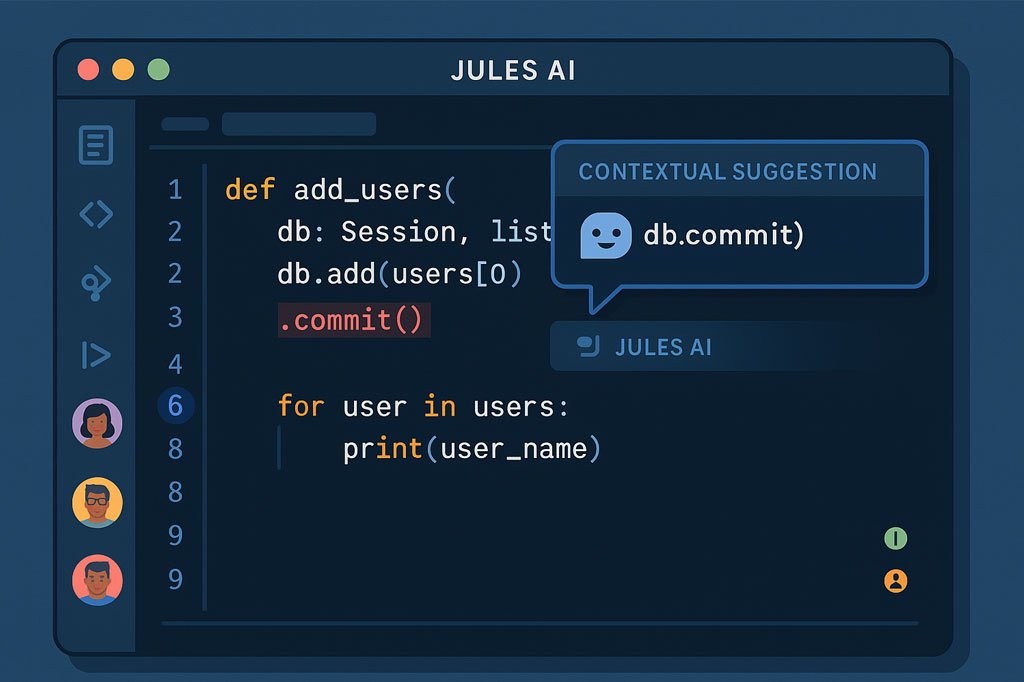Now Reading: Threads Challenges X with Launch of New Communities Feature
-
01
Threads Challenges X with Launch of New Communities Feature
Threads Challenges X with Launch of New Communities Feature

Social media continues to evolve at a rapid pace, and competition between platforms is intensifying. In a bold strategic move, Threads has introduced a new Communities feature, directly challenging X’s dominance in the space. Unlike broad social feeds, this feature allows users to build, join, and interact within niche interest groups, creating a more personal and engaging social experience.
For both casual users and marketers, Communities represent a shift from broadcast-style posting to meaningful, topic-driven interaction. It’s a feature designed to capture the growing demand for digital spaces where users feel a sense of belonging and relevance.
A Closer Look
Threads’ Communities feature is designed with user engagement in mind. Members can:
-
Create public or private groups around specific topics, hobbies, or professional interests.
-
Invite others and moderate discussions, ensuring the conversation remains productive and relevant.
-
Share posts, polls, and media directly within the community, fostering interaction among members who genuinely care about the subject.
The design prioritizes discoverability and cohesion, giving users a space where their content and conversations aren’t lost in a global feed. It’s a subtle but meaningful differentiation from X, which primarily emphasizes real-time, public broadcasting of posts.
Why This Matters
For Users
Social media fatigue is real, and users are increasingly seeking spaces where their contributions matter and conversations resonate. Threads’ Communities allow members to:
-
Engage with like-minded individuals in a focused environment.
-
Discover content tailored to their interests rather than scrolling endlessly through unrelated posts.
-
Build relationships and foster long-term engagement within niche spaces.
For Brands and Marketers
Communities provide a powerful new channel for targeted marketing. Brands can:
-
Engage with highly focused audiences who are already invested in the topic.
-
Launch campaigns that feel authentic rather than intrusive.
-
Track interaction trends within communities to refine marketing strategies.
The Competitive Angle
By prioritizing niche engagement, Threads positions itself as a more user-centric alternative to X. While X excels in broadcasting news and updates to a broad audience, Threads offers a space for intentional connections and sustained interactions, which may appeal to both creators and users tired of the noise.
Real-World Applications
Hobbyist Groups:
From photography enthusiasts to gaming communities, users can join spaces where shared passion drives interaction, creating a sense of belonging that was harder to achieve in traditional feeds.
Professional Networks:
Creatives, developers, and industry specialists can form knowledge-sharing communities, exchanging insights, collaborating on projects, and even generating business opportunities.
Local or Regional Groups:
Neighborhoods and local interest groups can thrive without competing with global content, allowing members to discuss events, initiatives, and issues relevant to their region.
Pros and Cons
Pros:
-
Encourages deep engagement and a sense of belonging.
-
Supports niche discussions and professional networking.
-
Opens new avenues for marketing, creator monetization, and community-led initiatives.
Cons:
-
Moderation becomes critical as groups grow.
-
Risk of fragmentation if too many micro-communities dilute the user base.
-
Requires careful algorithmic support to ensure discovery and relevance.
Industry Perspective
The launch of Communities aligns with a broader industry trend toward social spaces that prioritize connection over consumption. Platforms like Discord, Facebook Groups, and Slack have proven that people value focused, interest-based engagement. Threads’ entry into this space signals:
-
Recognition that users want more than a feed; they want participation in meaningful dialogue.
-
A strategic effort to attract creators and niche enthusiasts, challenging X’s more broadcast-focused model.
-
A potential acceleration of innovation in social media features, as platforms compete to retain active, engaged users.
Subscribe to our newsletter for weekly updates, social media insights, and tips on leveraging new platform featureslike Threads Communities to grow engagement and connect with the right audience.
Threads’ Communities feature represents a significant evolution in social media interaction. By prioritizing niche engagement, the platform addresses the growing desire for relevant, meaningful conversations, positioning itself as a strong competitor to X. For users, creators, and brands, Communities provide a space to connect, collaborate, and engage in ways traditional feeds cannot replicate.
As the digital landscape continues to shift, community-driven engagement may well define the next era of social media, and Threads is staking its claim at the forefront of this trend.
FAQs
-
What is the Threads Communities feature?
Groups where users can join discussions, share content, and connect over shared interests. -
How does it differ from X?
Communities emphasize focused, niche engagement, while X primarily promotes public broadcasting. -
Who can create a community?
Any Threads user can create public or private groups. -
Are there moderation tools?
Yes, community creators can manage members, posts, and content visibility. -
Can brands leverage communities?
Yes, brands can engage niche audiences through posts, polls, and targeted interactions. -
Are communities free?
Yes, joining and creating communities is free for all Threads users. -
Are communities discoverable?
Public communities are searchable and visible to all users. -
Can a user join multiple communities?
Yes, members can participate in multiple groups simultaneously. -
Do communities support media and polls?
Yes, posts can include images, videos, and interactive polls. -
Will Threads expand communities globally?
Yes, Threads plans a worldwide rollout with localized features for different regions.
Disclaimer:
All logos, trademarks, and brand names referenced herein remain the property of their respective owners. Content is provided for editorial and informational purposes only. Any AI-generated images or visualizations are illustrative and do not represent official assets or associated brands. Readers should verify details with official sources before making business or investment decisions.




